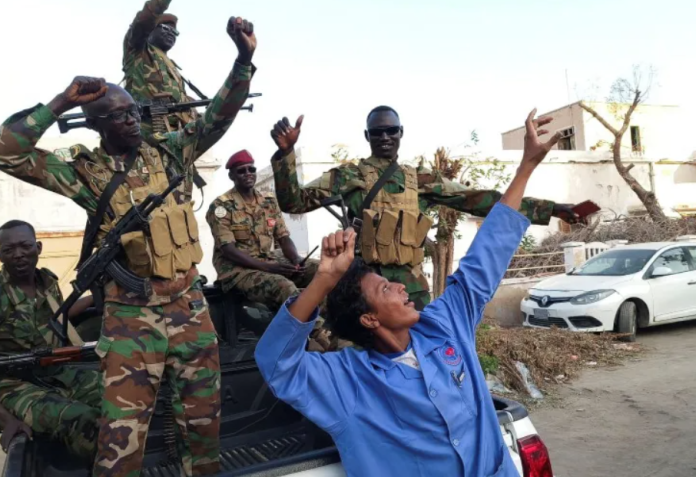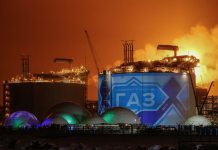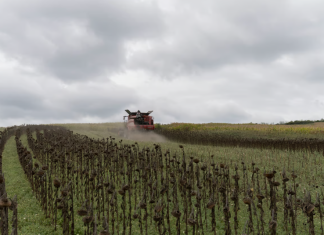PeoplSudan’s army has recaptured Wad Madani, a strategically important city some 200km (124 miles) southeast of the capital Khartoum, in a major blow to the paramilitary Rapid Support Forces (RSF).
“The leadership of the Armed Forces congratulates our people on the entry of our forces into Wad Madani this morning. They are now working to clean up the remaining rebel pockets inside the city,” an army statement read.
This comes as the army advanced into the country’s second-largest city Omdurman last week after making steady gains in recent months. Wad Madani – the crossroads of key supply highways linking several states – had been under RSF control since December 2023.
RSF leader Mohamed Hamdan Dagalo, however, insisted that the battle was not over. “Today we lost a round, we did not lose the battle,” said Dagalo, who is also known as Hemedti.
Since fighting erupted in April 2023 between the army and the RSF over control of this North African nation, more than 12 million people have been displaced, creating one of the world’s largest humanitarian crises.
So how significant is the recapture of Wad Madani by the Sudanese Armed Forces (SAF)? Can the army repeat its recent success as it aims to recapture territories still under RSF control?
How strategically placed is Wad Madani? Where is it located?
The city is the capital of Gezira state, located in the centre of the country and south of Khartoum.
According to Al Jazeera’s Hiba Morgan, whoever has control of the agricultural and trading hub has easier access to other parts of the country.
“When the RSF took over Wad Madani in December 2023, that gave it the ability to be able to move to other parts of the country such as Sennar in the southeast, Blue Nile in the east, and the White Nile in the south as well,” Morgan said, reporting from the Sudanese capital.
The city is also at “a very important point” through which supplies and other “logistical arrangements” can be made into the capital, according to Hamid Khalafallah, a Sudan policy analyst and PhD candidate at the University of Manchester.
“Whoever controls Madani [has] a lot more flexibility in terms of different stuff into Khartoum and out of Khartoum,” Khalafallah told Al Jazeera.
In the early days of the conflict, before the RSF took over, the city was a safe haven for displaced families.
Since the RSF’s takeover, it has been one of the sites of the paramilitary force’s bloodiest attacks on civilians, as well as the burning of fields, looting of hospitals and markets, and flooding of irrigation ditches.
advanced in the second-largest city Omdurman, capturing several areas from the RSF.
How significant is the recapture of Wad Madani city?
This represents a significant turn of events in the war and another blow to the RSF, which has had an upper hand against the military in the nearly two-year conflict.
The army’s capture will allow it to access other parts of the country that the RSF will now be cut off from, such as the Sennar, Blue Nile, and White Nile states.
“Now that [the RSF] lost that territory, that progress that it was able to make will not be possible, and its forces in those areas will be trapped between forces of the Sudanese army,” said Morgan.
“Wad Madani is also where the army’s first infantry division is located, so that is going to give the army a morale boost,” she added.
When the RSF took over the city, there were a lot of complaints among officers and soldiers that the leadership was not meeting the standards of the Sudanese army and that there should be a replacement of the leadership, explained Morgan.
“Now that Wad Madani is back under the control of the Sudanese army, the army is likely to gain – especially its leadership – is likely to gain more support, not just from the soldiers and officers but also from the Sudanese citizens as well,” she said.
Additionally, the city’s recapture could aid in Sudan’s hunger crisis, as the state is home to Sudan’s most fertile lands and agriculture schemes – with most farming prohibited under the RSF, said Khalafallah, the researcher.
“Now there will be room for people to grow, and to farm, and for food to be produced, and so on, to address Sudan’s unfolding famine and food security crisis,” he said.
The turn of events may also offer long-awaited respite to the city’s residents, who “have been experiencing the most horrific human rights violations and atrocities committed by the [Rapid] Support Forces”, Khalafallah said.
Still, there has been a pattern of the army targeting pro-democracy activists in the cities they have already recaptured, Khalafallah warned, which could be a worrying development if repeated in Wad Madani.
How much territory does the army control now?
Beyond Wad Madani, the Sudanese army also controls the north and east of the country, as well as parts of the capital. The map below indicates areas of control between the SAF and the RSF, as of October 2024.
How did Sudanese people react to the capture?
In Wad Madani, Sudanese troops garbed in camo-print uniforms waved their rifles in the air as they rode through town on the back of their trucks, flashing smiles after claiming to “liberate” the city, social media footage verified by Al Jazeera shows.
The local resistance committee, one of hundreds of pro-democracy volunteer groups across the country coordinating front-line aid, hailed the advance as an end to “the tyranny” of the RSF.
Meanwhile, eyewitnesses in army-controlled cities across Sudan reported dozens jubilantly celebrating in the streets.
In the Red Sea-flanked city of Port Sudan, boisterous crowds waved the Sudanese flag in celebration, verified videos also showed, following the news that the strategic city had been taken from the RSF’s control.
In Omdurman, chants of “one army, one people” broke out, an eyewitness told the AFP news agency.






















